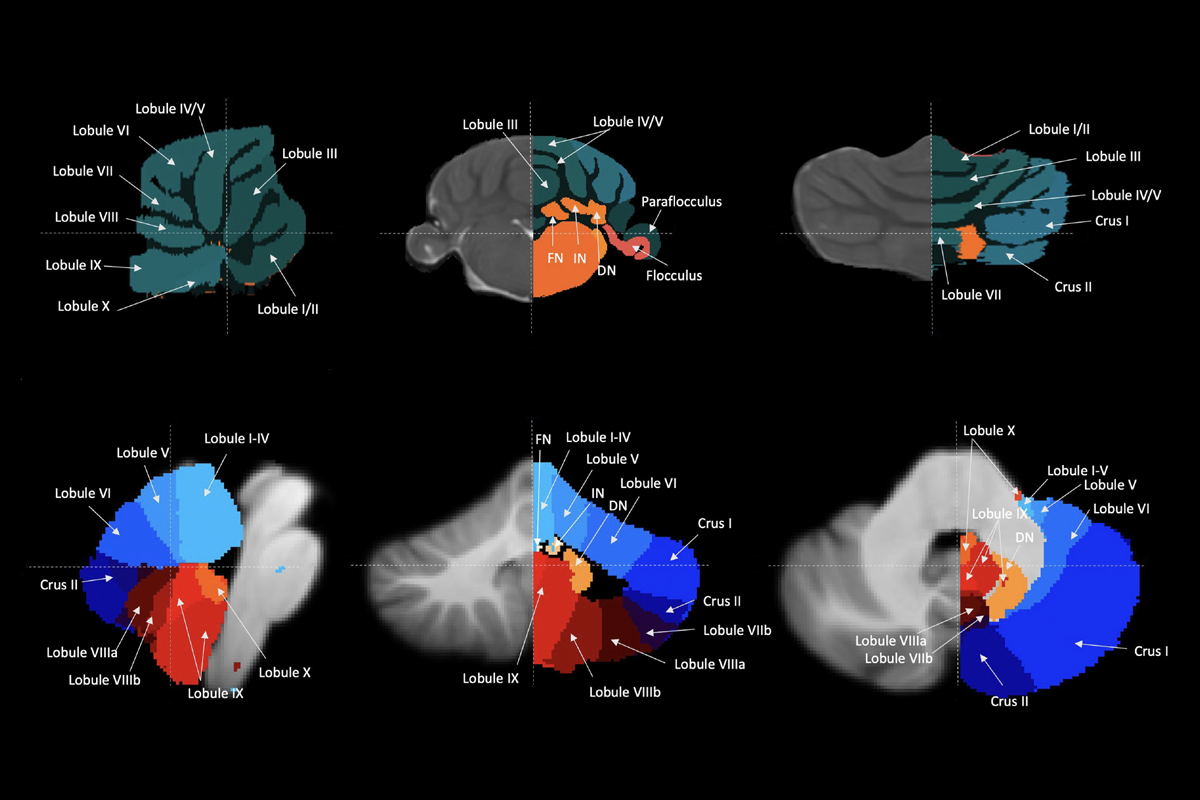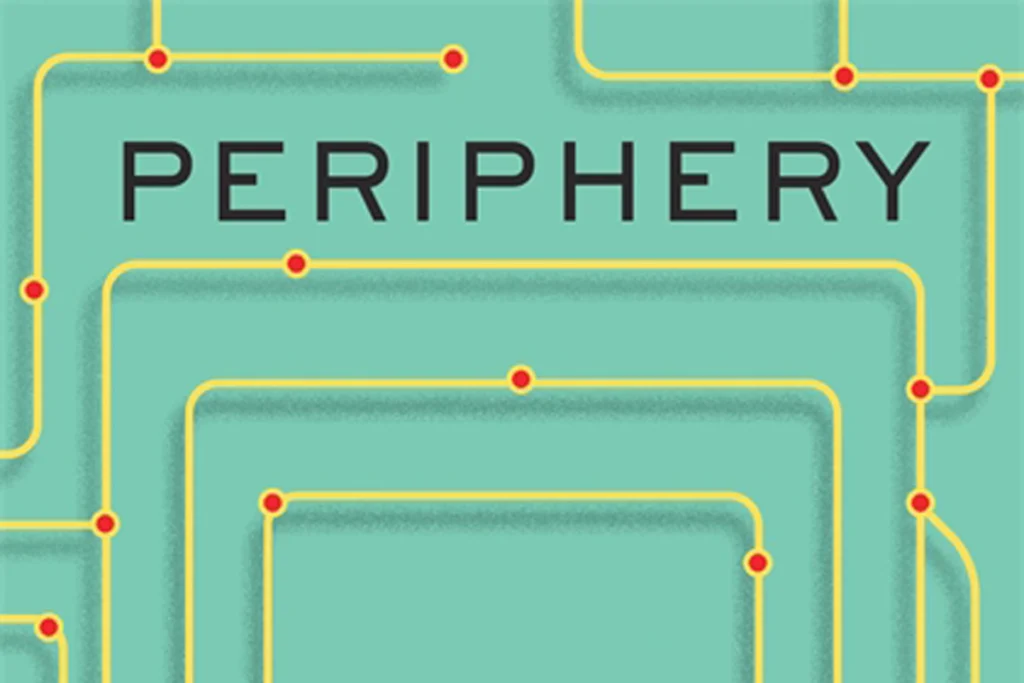- Autistic people show similar neural responses, as measured with electroencephalography, to images of their own faces and closely matched faces, whereas non-autistic people respond differently to the two. Cortex
- Brain imaging reveals differences in cortical anatomy between people with autism and those with attention-deficit/hyperactivity disorder, according to a preprint. medRxiv
- Cerebellar circuits that are known to play roles in autism mediate emotional responses to threatening stimuli, according to a review. Frontiers in Systems Neuroscience
Cerebellar circuits; facial recognition; cortical anatomy
Here is a roundup of autism-related news and research spotted around the web for the week of 25 December.
By
Jill Adams
26 December 2023 | 1 min read

Danger signals: The cerebellum, shown here for rats (top row) and humans (bottom row), plays a role in fear responses and may also contribute to emotional processing in autism.
- Many autistic people have slightly greater physiological reactions to social stimuli, which may be mediated by a smaller parasympathetic nervous system response, according to a review. Autism Research
- Hospitalized children with autism are more likely to be restrained for violent or self-injurious behavior than are non-autistic children. Pediatrics
Explore more from The Transmitter

RNA drug corrects calcium signaling in chimeric model of Timothy syndrome
By
Katie Moisse
24 April 2024 | 5 min read

How to use race and ethnicity data responsibly in neuroscience research
By
Gina Jiménez
24 April 2024 | 6 min read
Cite this article:
